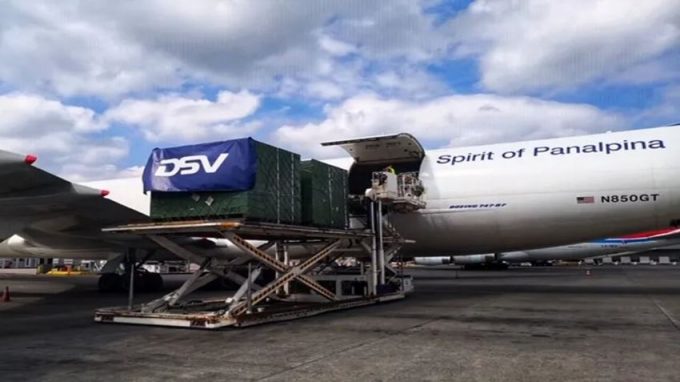The (sinking?) feeling of a DSV takeover...
Winners and losers

The airfreight forwarding market could split into the ‘haves’ and the ‘have nots’, after two years of strong profits. But it is as yet unclear which of those models will profit most.
Since the start of the pandemic, airfreight has seen a huge increase in prices ...


Comment on this article
Stan Wraight
July 15, 2022 at 1:32 pmWhen you have a USP, as these freighter airlines and mega forwarders had, and still have, you exploit it that is called doing business. This is why BCO and SME need transparency rather than the buy and sell relationship that exists in distribution channels. In addition Just think how much tax payer money went into moving PPE and vaccines, the ongoing supply chain crisis and who can exploit that. What did you expect?